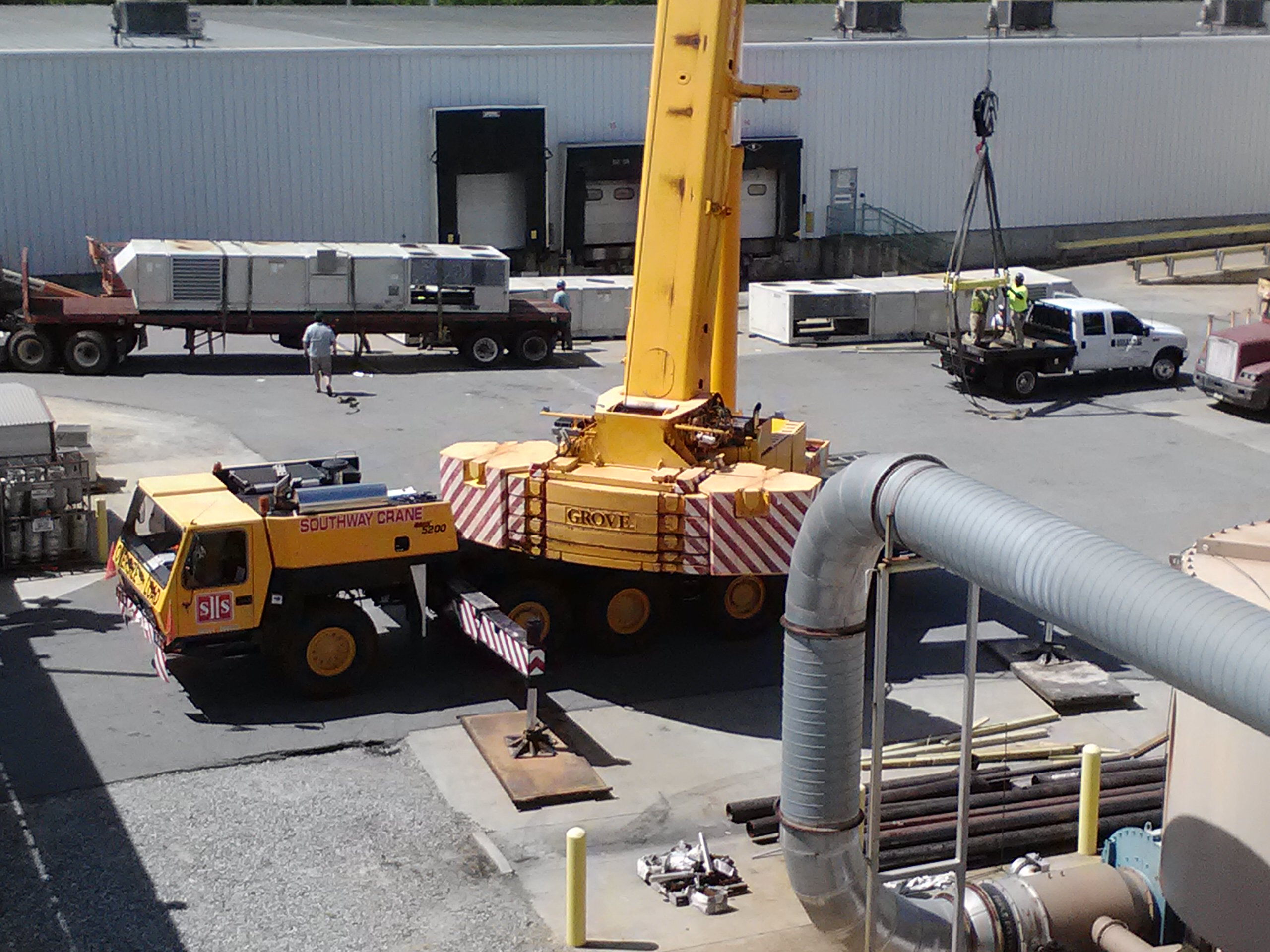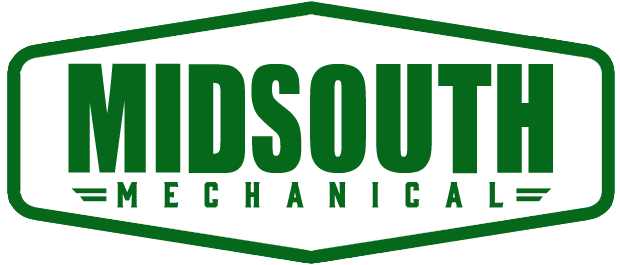Smooth, Efficient, and Hassle-Free Machine Moving
When it comes to relocating heavy machinery, thorough preparation is key to ensuring a smooth, efficient, and hassle-free experience. Machine moving, a specialized task requiring precision and expertise, can be daunting. However, with the right preparation strategies, businesses can mitigate risks and avoid common pitfalls. Here are essential tips to prepare for a successful machine moving process.
1. Comprehensive Planning is Crucial
Start with a Detailed Plan: Begin by outlining every step of the move. This includes timelines, the sequence of moving each piece of equipment, and identifying the roles and responsibilities of everyone involved.
Assess the Equipment: Conduct a thorough assessment of the machinery being moved. Understand its dimensions, weight, and any specific handling instructions. This information is crucial for selecting the right moving equipment and method.
2. Collaborate with Experienced Professionals
Choose Expert Movers: Partner with a professional machine moving company like Midsouth Mechanical. Their expertise in handling heavy machinery ensures that your equipment is transported safely and efficiently.
Consultation and Site Visits: Have experts visit your site to assess the logistics and potential challenges. Their insights can help refine your moving plan.
3. Prioritize Safety and Compliance
Safety Protocols: Ensure that all safety protocols are in place. This includes securing loose parts, using appropriate lifting techniques, and ensuring that all personnel involved are trained in safety procedures.
Regulatory Compliance: Be aware of and comply with all relevant regulations and standards related to machinery moving. This is critical to avoid legal issues and ensure the safety of everyone involved.
4. Preparing the Machinery
Cleaning and Maintenance: Before moving, clean the machinery and perform any necessary maintenance. This not only makes the equipment safer to move but can also help identify any issues that might complicate the move.
Securing Moving Parts: Secure or remove any moving parts that could be damaged during transportation. This includes locking or stabilizing arms, removing detachable components, and covering delicate parts.
5. Logistics and Route Planning
Assess the Route: Plan the route from the current location to the new site. Consider factors like road conditions, transportation regulations, and physical obstacles that might require special arrangements.
Transportation Means: Based on the size and weight of the machinery, decide whether it needs to be transported by road, sea, or air. Ensure that the chosen mode of transportation aligns with the machinery’s specifications and transportation regulations.
6. Preparing the New Location
Site Readiness: Ensure that the new location is prepared in advance to receive the machinery. This includes having the necessary space, installing any required support structures, and ensuring that utility connections are in place.
7. Communication and Coordination
Effective Communication: Maintain clear and constant communication with everyone involved in the move. This ensures that all parties are informed of the plan and any changes that may arise.
Coordination on the Day: On the day of the move, coordinate closely with the moving team. Ensure that there is a point of contact available to address any issues and make decisions.
Machine moving can be a seamless process with meticulous preparation, the right expertise, and adherence to safety standards. Midsouth Mechanical stands ready to provide its extensive experience and specialized services, ensuring that your machinery is moved safely, efficiently, and effectively.

Our team is here to help.
Contact a project manager today!


